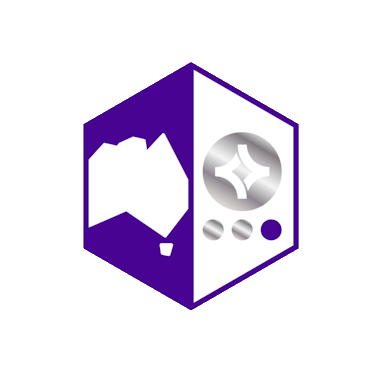This summer, as the sun glistens on the Australian coastline, a silent sentinel will be at work ensuring the safety of beachgoers. The world-first AI program, set to patrol Aussie beaches, is not just a technological marvel but a testament to innovation meeting necessity. As beach visits surge, traditional lifeguard operations are increasingly overwhelmed, and this AI initiative aims to bolster human efforts, reducing hazards and enhancing safety measures.
The Imperative for AI on Beaches
Australia’s beaches, renowned for their beauty, attract millions of visitors annually. However, with this influx comes a heightened risk of accidents, from rip currents to marine life encounters. Traditional lifeguard methods, though effective, are often stretched thin during peak times. The AI program, developed through a collaboration between Australian technology firms and Surf Life Saving Australia, offers a solution by providing real-time data and sophisticated analysis, thereby augmenting the capabilities of lifeguards (source).
Unveiling the Mechanism: How the AI Works
This cutting-edge system employs advanced machine learning algorithms to monitor beach conditions tirelessly. By analysing environmental variables, it can identify potential risks such as rip currents, the presence of dangerous marine life, and overcrowded areas. Lifeguards receive timely alerts and actionable insights, enabling them to respond more efficiently to incidents. Early trials of this technology have demonstrated promising results, significantly reducing response times and enhancing monitoring capabilities (source).
Pioneers of the Project and Expected Outcomes
Key players in this initiative include Surf Life Saving Australia and several tech firms specialising in AI development. This partnership underscores the potential of AI to transform public safety in coastal regions. The anticipated outcomes of the program are profound: a decrease in the number of beach-related incidents and a precedent for AI applications in similar contexts globally. Not only does this innovation promise to make beaches safer, but it also showcases the role of AI in enhancing human abilities and safeguarding the public (previous FineSkyAi articles).
Broader Implications and Future Prospects
While the immediate focus is on enhancing beach safety, the implications of this initiative extend far beyond the shoreline. The successful deployment of AI in this domain could inspire similar applications in various public safety contexts worldwide, reinforcing the potential of technology to address complex human challenges. As we embrace this digital lifeguard, the broader narrative emerges; AI is not here to replace human efforts but to amplify them, ensuring a safer and smarter coexistence (source).
Riding the Waves of Innovation
As the tide of beachgoers rises this summer, the AI program stands as a beacon of innovation, bridging the gap between tradition and technology. By seamlessly integrating cutting-edge AI with the expertise of lifeguards, Australia is poised to set a new standard in beach safety. This initiative not only promises to protect but also to enhance the beach experience, ensuring that as we enjoy the surf and sand, our safety is in capable hands. As we look to the future, this pioneering effort could very well be the blueprint for enhancing public safety in various arenas, illustrating the transformative power of AI in our everyday lives.
In Other News…
Meta’s AI Head Refutes Claims of AI Threat to Humanity: Meta’s AI Chief dismisses fears that artificial intelligence poses a threat to humanity, calling such concerns “complete B.S.” and emphasizing AI’s benefits rather than dangers. Read More here.
Intel is enhancing AI capabilities in desktop PCs with its new Core Ultra 200 processors, designed to boost content creation and gaming performance, signaling a push for AI integration in consumer tech. Read More here.
Atlassian is focused on discovering innovative AI applications, integrating it into their tools to enhance productivity and collaboration as part of their forward-thinking approach. Read More here.


